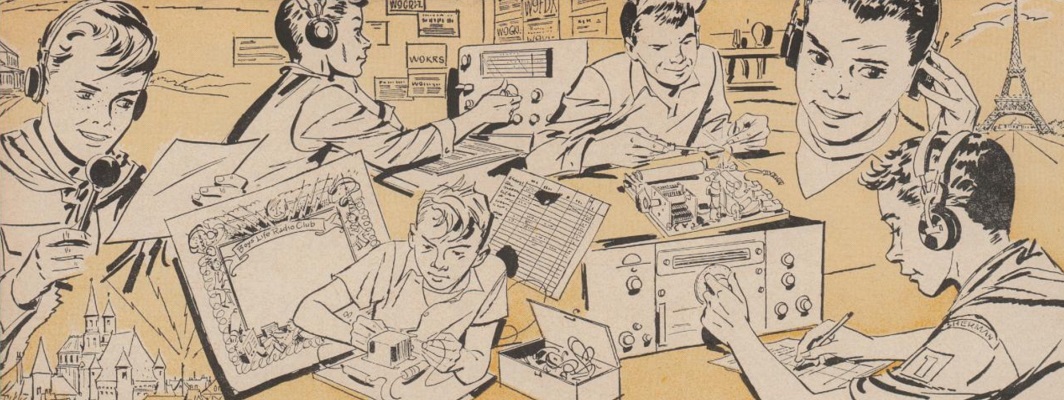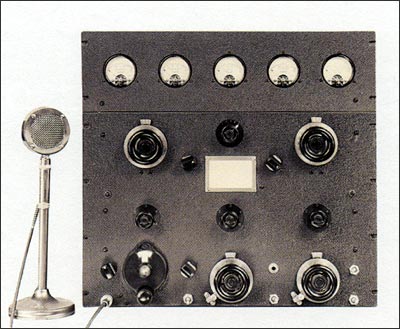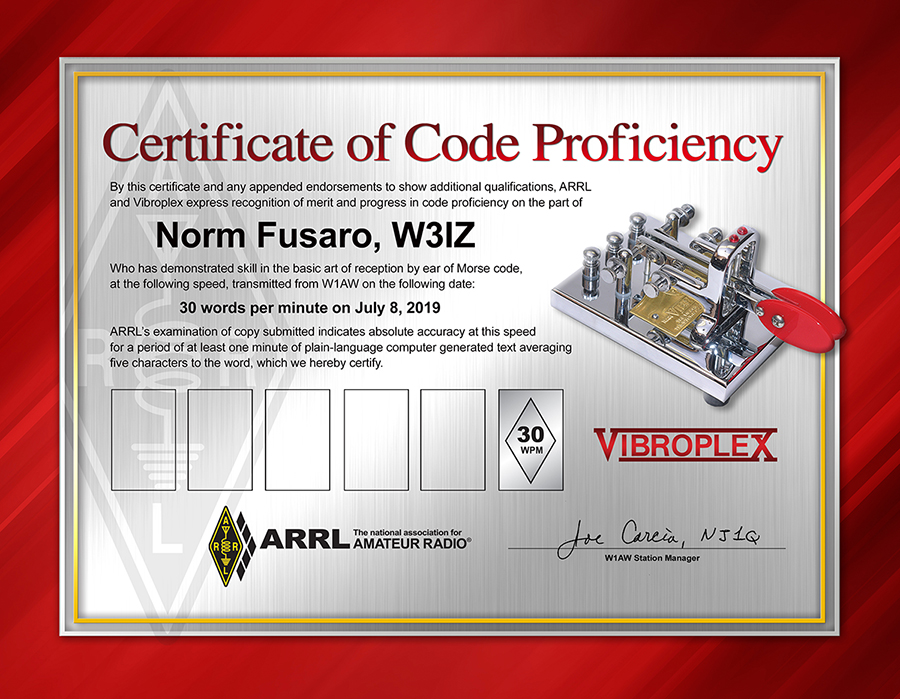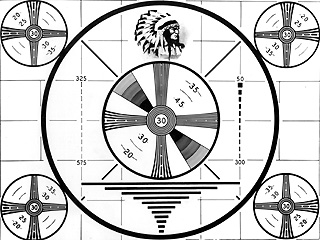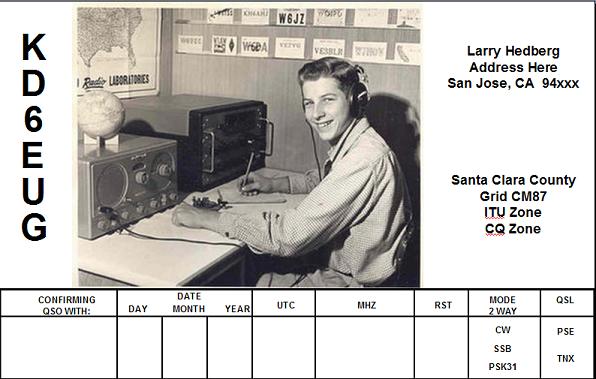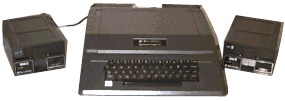from The ARRL Letter, Vol 26, No 39
Army MARS Chief Stuart S. Carter, AAA9A, has invited the ARRL and Amateur Radio representatives to join a Military Affiliate Radio System (MARS) demonstration outside the Capitol building in Washington, DC on October 3. Hams around the country are asked to aid in the demonstration by making HF contacts during the day. With help from Laura Abshire, Legislative Aide to Representative Mike Ross, WD5DVR (D-AR), Tricia Russell, Legislative Aide to Representative Steve Israel (D-NY), and coordination of the myriad details by “Pudge” Forrester, W4LTX, Systems Administrator for Representative Roscoe Bartlett (R-MD), the “show” is set for next Wednesday, and hams around the country can help.
ARRL Media and Public Relations Manager Allen Pitts, W1AGP, said, “Thanks to a MARS invitation to join in a demonstration, and excellent coordination work by Forrester, the October 3 demonstration of Amateur Radio and MARS emergency communications will be front and center in the open space between the Capitol building and the Botanic Garden in Washington, DC.” Pitts went on to say that the regional MARS organization is planning to conduct an exercise demonstrating emergency communications at the Capitol, as well.
The exercise assumes a Category 3 hurricane, Hurricane Quincy, will make landfall on October 2 over the coastal areas of Delaware, Maryland, DC and Virginia. Quincy will progress northward to New Jersey and Pennsylvania and then travel inland to the south, returning to the Atlantic Ocean on October 5 via the Carolinas and Georgia. During this time, MARS resources will be challenged by ongoing events in every part of the country, including ice storms, tornadoes, severe thunderstorms, and earthquakes.
There will be a communication trailer, tent type shelter, four HF transceivers — voice, PSK, and Winlink — and VHF equipment at the site. The local Voice of America (VOA) organization and MARS have local repeaters and digipeaters available. Power will come from solar panels and generators with battery backup. The emergency communications trailer, owned by the Blue Ridge Association, Baptist Convention of Maryland/Delaware, part of the Southern Baptist North American Missions Disaster Relief Ministries, will also be on hand.
Representatives from ARRL headquarters, including Pitts, will be there. They will have ARRL public relations materials as well as video that shows the negative impact of BPL if current FCC rules are not modified. In addition, there are special materials for Members of Congress and their staff advocating Amateur Radio’s positions on several legislative issues, including information to solicit co-sponsorship of H.R. 462 and H.R. 2743.
While MARS will be conducting their drill on their frequencies, Amateur Radio operations are scheduled from 1400-2100 UTC. While there may be last minute changes, plans are to try to center HF voice contacts around 14.250 and 7.250 MHz, and on PSK at 14.070 MHz. “By showing Members of Congress our nationwide capabilities and potentials, we advance the Service in many ways,” Pitts said.
Representatives Ross and Bartlett plan to stop by. Army MARS is sending their Chief of Operations Grant Hays from Arizona. Mike Barrett, K3MMB, of the Transportation Security Administration’s Office of Security Operations is aiding with the operations and logistics.
